Developing A Comprehensive Screen System
 The first part of my screen series will be describing what each of the screens is. We all have different terminology so I will briefly explain what we use at my school. I didn’t invent this, it is TFS terminology, we might have some slight tweaks but this is how we call our screen game.
The first part of my screen series will be describing what each of the screens is. We all have different terminology so I will briefly explain what we use at my school. I didn’t invent this, it is TFS terminology, we might have some slight tweaks but this is how we call our screen game.
We call our screens both by number and by name. In terms of numbers, screens at 40s/50s.
- 40 to the Right
- 50 to the left
The second digit describes which skill player is getting the ball.
- 41/51 = #1 WR
- 42/52 = #2 WR
- 43/53 = #3 WR
- 44/54 = #4 WR
The number by itself indicates who is getting the ball, what direction, and if no tag is used it is the first screen in our screen series which we call QUICK SCREEN.
Quick Screen and Bubbles
A Quick screen is also known as fast screen or hitch screen. #1 WR foot fires 2 steps up field, comes back catching ball behind LOS and reads his blocks.
Now we have adapted from traditional TFS for the other WRs on quick screens. I didn’t like #2 and #3 WRs on the quick screens, so we modified it to make them automatic bubbles. So a 42,52,43,53,44,54 are all bubble screens. The called WR runs the bubble, the other WRs stalk their man. We only run bubble when we have a numbers advantage (some teams only have 2 players out there to cover trips) or if we see OLBs who are cheating to stop run and they aren’t honoring our inside WRs.
Solid Screen
Solid is almost the same thing as quick, except with a run fake opposite the direction of the screen first. We can call this play as Solid Rt/Lt. Or by saying 41/51 Solid. Number explains the player and the direction, the “Solid” tag explains that its our solid version of the screen.
Jailbreak
You can probably guess, Jail Rt/Jail Lt. or we can say 41/51 Jail.
Jailbreak is a screen to the outside WR, he will push it up the field further than quick, OL pass sets and releases, QB will pump one way retreat and throw the jail. I have seen some guys refer to this as a tunnel screen. This is my favorite of our screen plays because most teams buy the pass look we show from all 11 guys, blitzers are rushing hard, coverage guys are dropping off getting deep, and then we hit this and get our whole Ol in front leading the way. It was a great play for us this year, our varsity team’s best play this season.
Slow Screen
Slow screen is your typical RB screen, he sets up to block, kinda rolls off and catches the screen. We didn’t run this screen a ton, but more on that later.
So now that I have introduced the basic terminology we use and what each screen is, I will go more in depth into the individual techniques of each screen.
break
Here is how we use the skills talked about in part 1.
Quick Screen:
The #1 WR (widest WR) to the called side foot fires, a lot of exaggeration from arms and feet, really want the CB thinking he has to get deep. He should go about a yard up field, then come back to catch the ball where just behind the LOS. My biggest piece of advice here, is repping the screens live in practice, so he gets used to cutting off his blocks and finding lanes. We allow them to come inside a few steps to let their blockers get in front of them, but it hits best when they get back outside after this. On these WR screens are best long gainers, were when the WR dipped in (behind an OL or WRs block, then got up field or back outside)
Slot WR(s) : The #2 WR has the rule of #1MDM, or most dangerous man to making the play. If he sees a very tight corner then that corner is the most dangerous man and our #2 WR must block him. If the corner is soft and the OLB over him is playing tight then that is the most dangerous man. If both guys are playing soft he will slow play it, going half speed off the LOS looking for who is coming downhill to attack the screen first.
If we are in trips and have a #3 WR he then blocks the second most dangerous defender. We work everyday drills in practice with the WRs recognizing who is picking up who based on their depth.
RB: Original TFS stuff has the RB also getting out on the second defender play side, but ours never really did anything, my Ol were better blockers so I eventually stopped releasing them to block from the backfield. I would either move them out to empty so their path is shorter, or if they are in the backfield they just step up in case somehow someone comes through completely untouched and can possibly fluster the QB.
QB: Grip it and rip it… that’s really it. It is called quick for a reason, he throws it as soon as he gets it. With a kid who has bigger hands I think he can get away with not even getting the laces and just getting it out. I tell my QB to throw the ball to where the WR starts out pre snap. If they throw the ball right there, the WR (after going up and back) should be in the perfect spot to catch the ball.
Bubbles:
Bubbles are fairly simple for the skill guys. We run these to our #2 and #3 WRs, as well as to the Rb out of the backfield.
Called WR runs the bubble route which I teach as follows:
- Align a little deeper than normal for easier window for QB
- Cross over step toward sideline on the snap
- Lose 1 yard on first step
- Run flat down the line after that
- Shoulder North/South
- Head Turned back to Qb
I dont like big looping bubbles, QB has to be extremely accurate and lead the WR just right. We align deeper and lose 1 yard off the snap so we have more depth, makes QBs throw easier. Then we run (kind of a cross over type run) toward sideline, since ou shoulder are square Qb can just throw the ball aiming to throw it in front of the front shoulder, once ball is in the air it is easy for the WR to adjust. Very effective and I don’t recall my team having a single incompletion on bubble all year.
QB: Similar Grip it and rip it idea, key is aiming for bubble man’s front shoulder.
Other WRs: Stalk your man





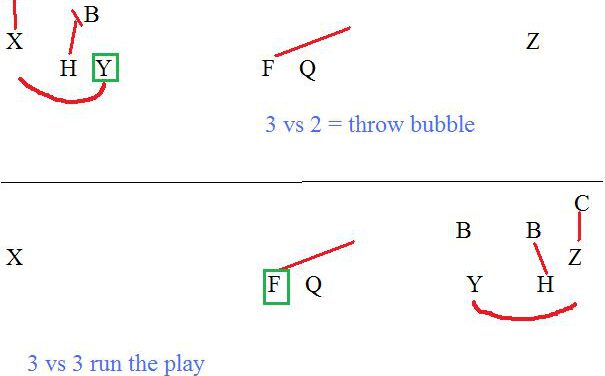



 Editor’s Note: Coach Cunningham currently serves as the Secondary Coach at Harrisonville High School in Missouri. This is his 4th season at Harrisonville, and prior to that he served in the same capacity at William Chrisman High School in Independece, Missouri. Coach Cunningham played his college ball at William Jewell College in Liberty, MO.
Editor’s Note: Coach Cunningham currently serves as the Secondary Coach at Harrisonville High School in Missouri. This is his 4th season at Harrisonville, and prior to that he served in the same capacity at William Chrisman High School in Independece, Missouri. Coach Cunningham played his college ball at William Jewell College in Liberty, MO. 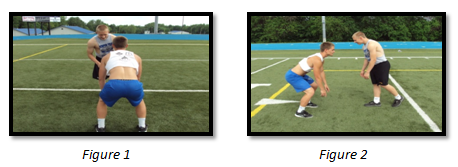
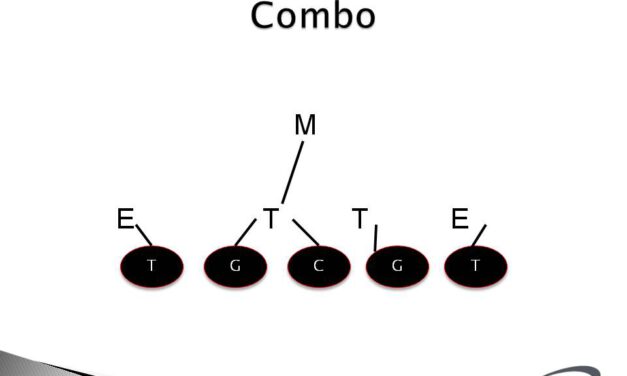
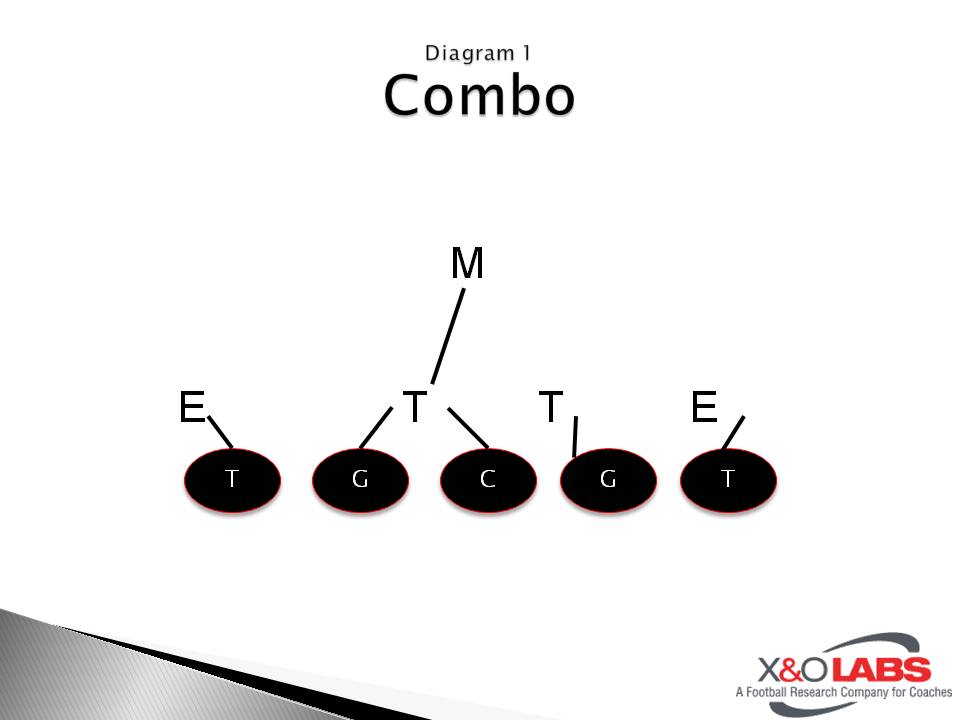
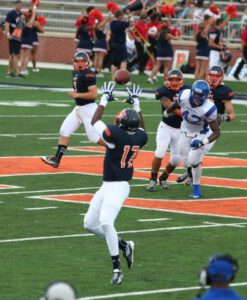

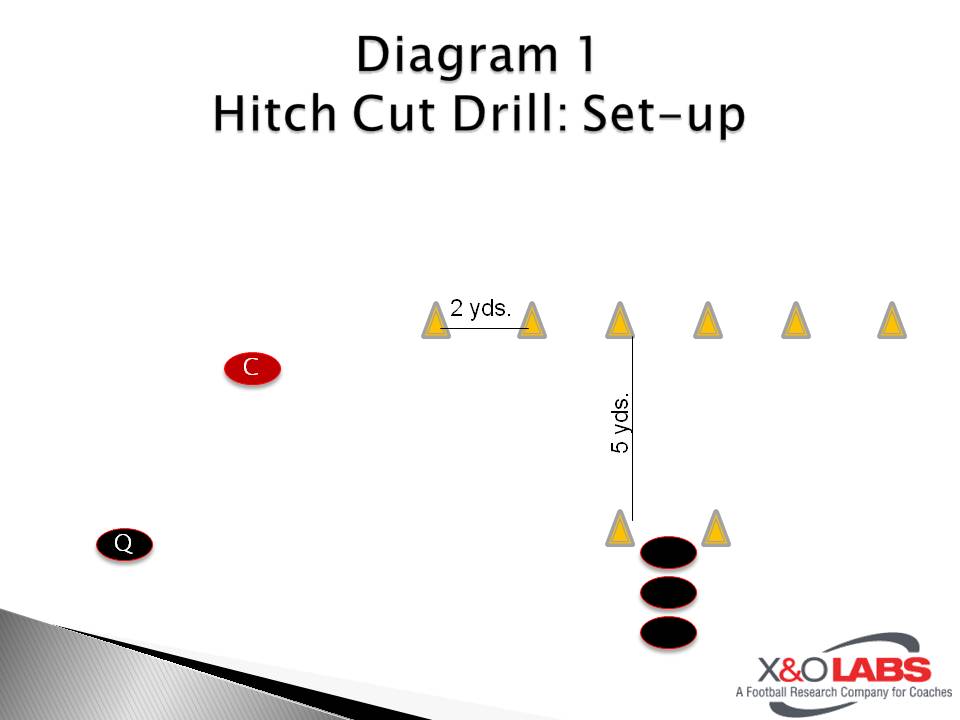
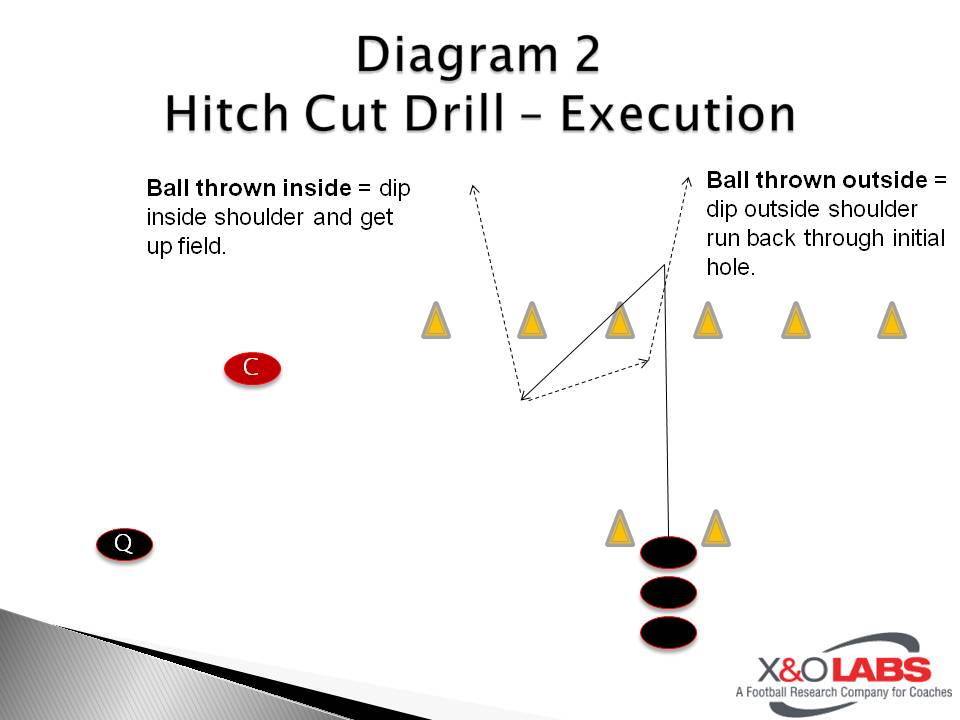
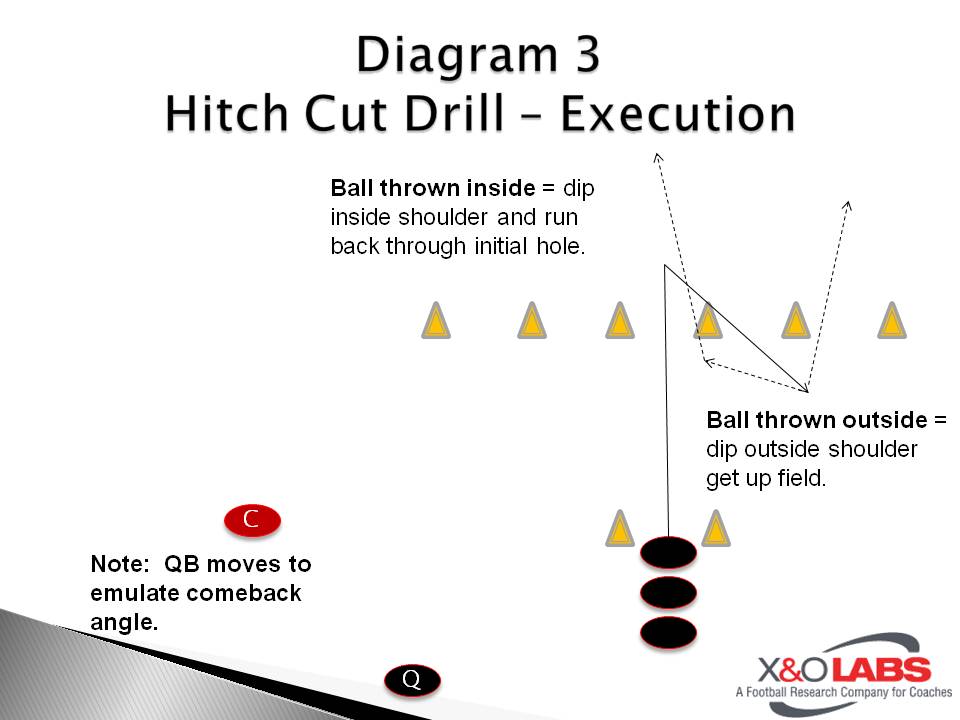



 Dan Ellis, X&O Labs Columnist and Head Coach at West Chester East High School (PA)
Dan Ellis, X&O Labs Columnist and Head Coach at West Chester East High School (PA)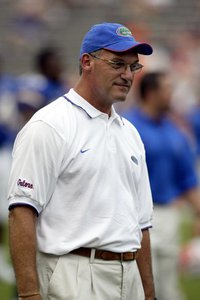
 Ed Zaunbrecher, former Offensive Coordinator, University of Florida and University of Marshall
Ed Zaunbrecher, former Offensive Coordinator, University of Florida and University of Marshall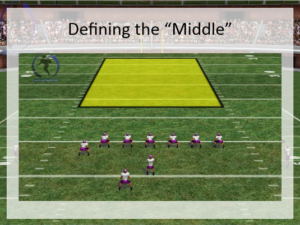

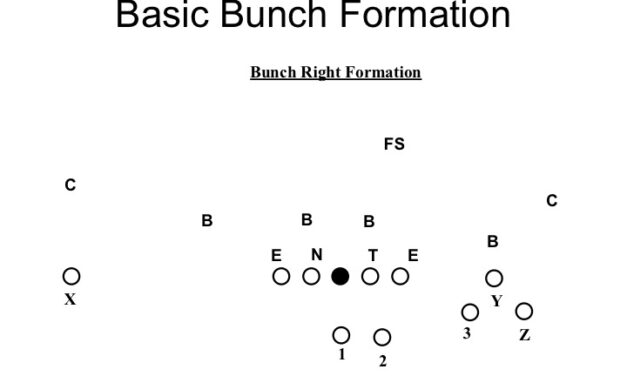
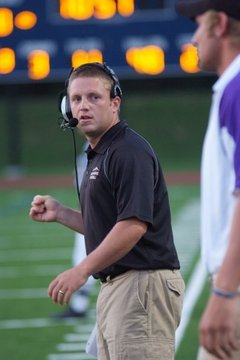
 Sam Nichols, Wide Receivers Coach, Hope College (MI)
Sam Nichols, Wide Receivers Coach, Hope College (MI)